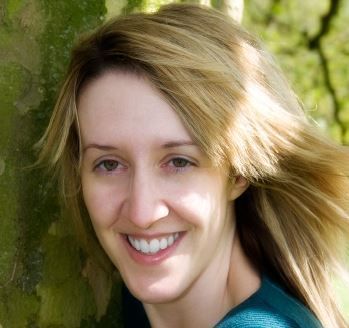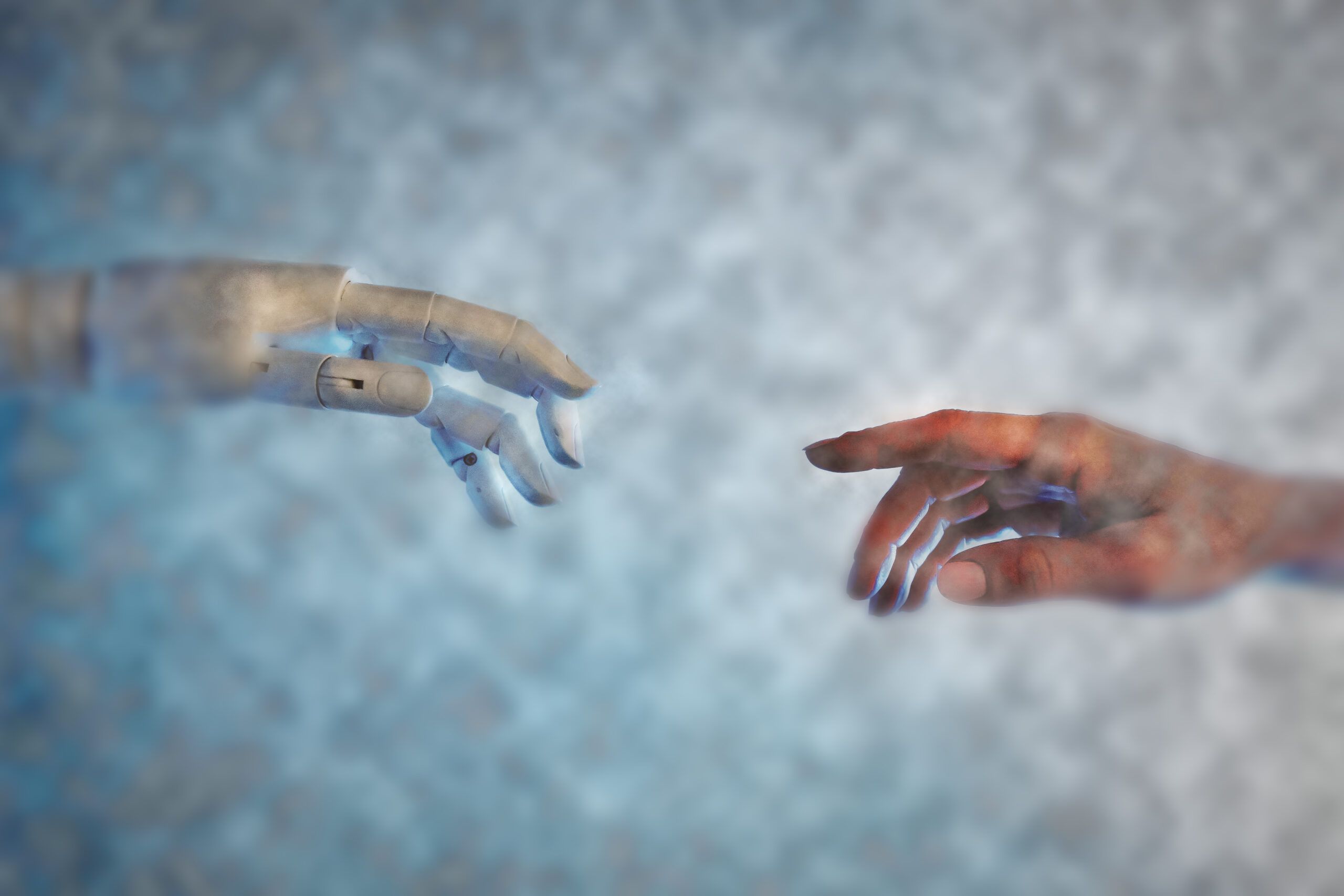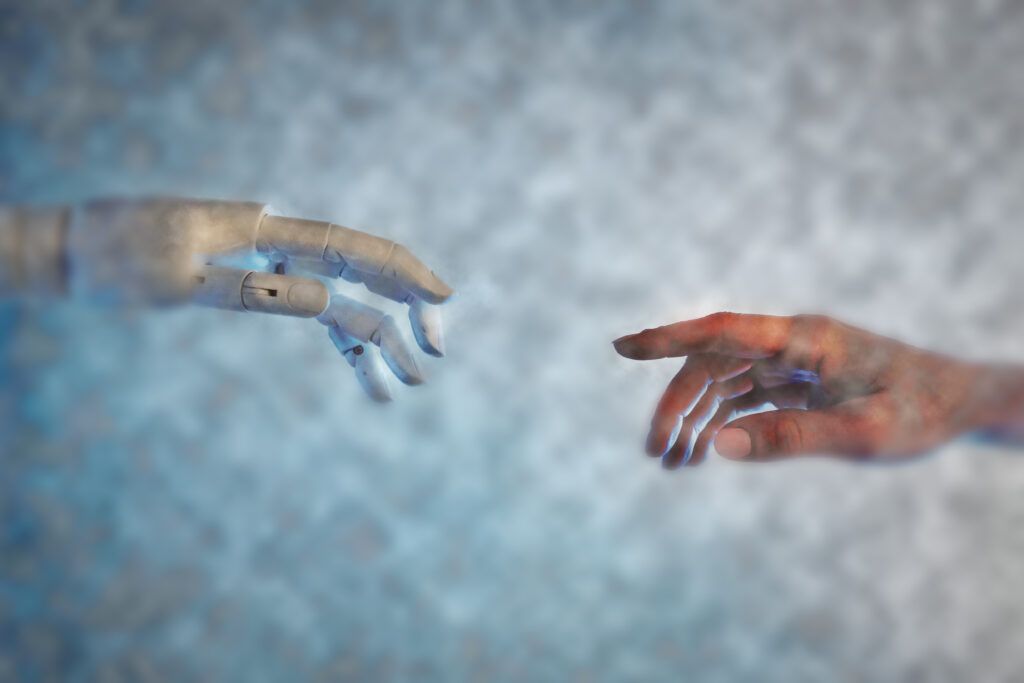Photography is not a static industry. Technology is always evolving, and digital technology means that every camera runs on some form of computer. AI is used in everything from the camera working out where to focus to choosing the right camera settings or a preset. It can do a lot of clever things, but does machine learning take away the creativity of photography? Let’s investigate AI a little further.
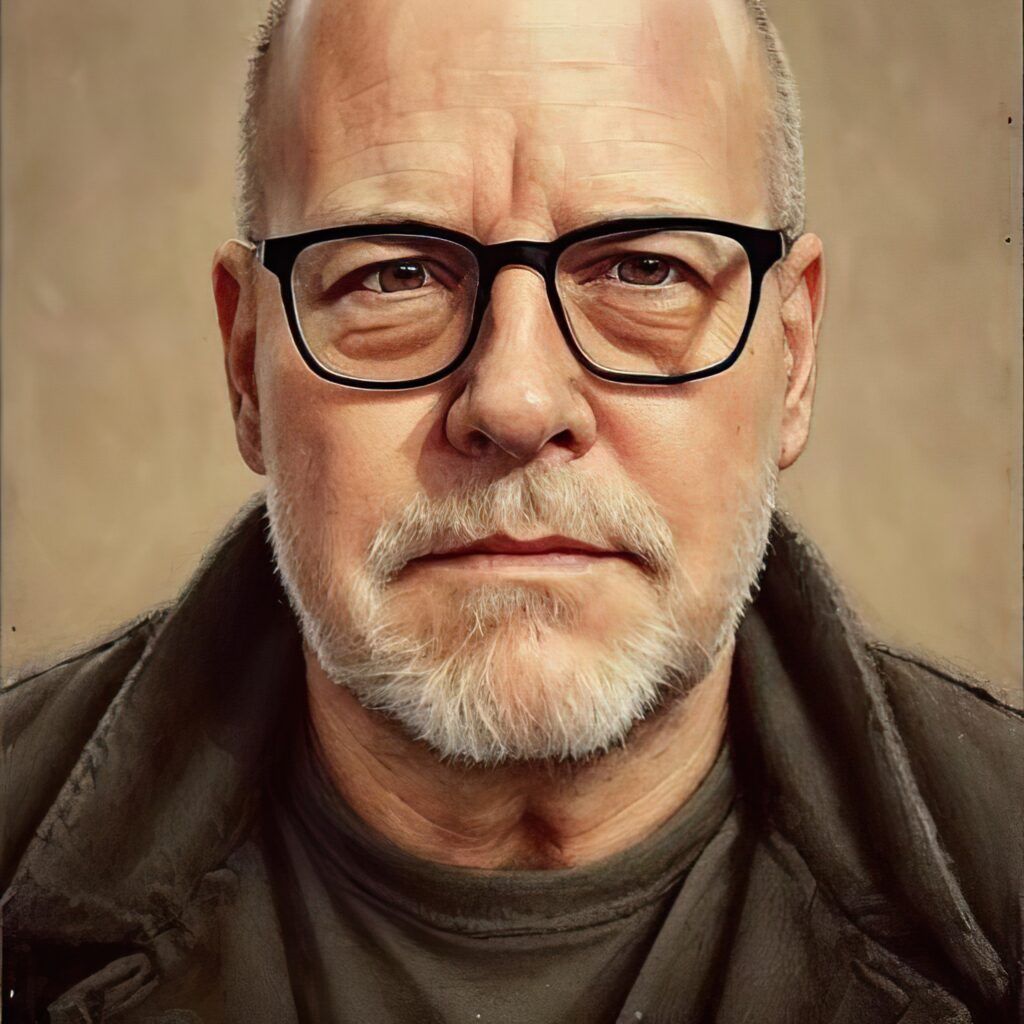
Photographer Kent DuFault uploaded half a dozen self-portraits to the AI app, avatarai.me. The machine took those portraits and combined them to create new pictures of Kent. Photograph by Kent DuFault and AI by avatarai.me
What Is AI?
Key Lesson: AI stands for Artificial Intelligence and is, in brief, the process of machine learning and simulation of human intelligence in a computer. The idea is that a program learns as it goes along but also retains this information. AI has been integrated into photography, with your camera’s computer making automatic adjustments to an image. But, of course, AI can be taken much further with dedicated post-production programs that will make far larger changes to an image.

Another variation from avatarai.me. Photograph by Kent DuFault and AI by avatarai.me
Recommended Reading: Want to expand your shooting skills and master photography? Grab our set of 65 beautifully designed and printable Action Cards that will give you over 200 photography assignments to help you take your photography to the next level. Check it out here.
What’s Good About AI?
AI isn’t all doom and gloom in the photographic world. It has been used to make some significant and worthwhile improvements to the way we shoot. Here are some examples:
- Subject-based tracking – One of the big benefits of AI is that it can do things far quicker than we humans can. And in photography, a big part of this is focusing on subjects far faster than we can. Cameras have had subject-based tracking for a while, whereby you identify a subject, and the camera tracks this within your scene. However, AI cameras are learning different subjects and will then locate them for you in a scene. Combined with more powerful AF algorithms, this means that focusing on moving subjects is even easier.
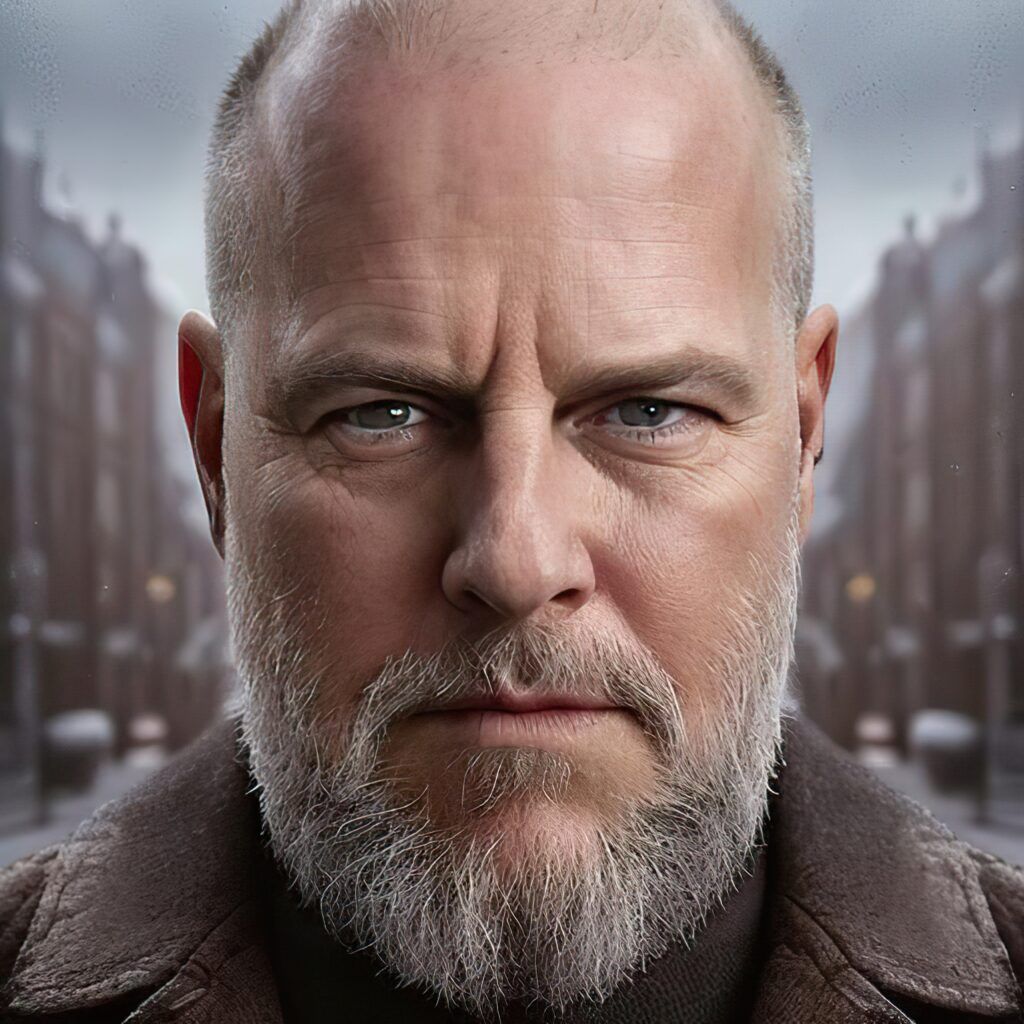
And a final version from Kent’s self-portrait series. Photograph by Kent DuFault and AI by avatarai.me
- Facial recognition – This feature has been around for a while, but when you select this focusing mode, your camera will automatically identify any faces in your image. It will then prioritize focus on the faces. On some cameras, you can also choose which eye you’d like to direct focus to.
- Post-production – Although this is where I feel the lines start to blur, AI has some useful tools to help in post-production. You’ll find AI face recognition to aid in portrait enhancement and AI subject and background masking, both of which can help speed up editing work considerably. There are also enhancement programs or plug-ins that will enlarge an image without any loss of quality or even take a low-quality image and produce a shot that isn’t pixelated.
One of the big benefits of AI is that it can do things far quicker than we humans can. And in photography, a big part of this is focusing on subjects far faster than we can.
So, Why Isn’t AI the Best Thing Since Sliced Bread?
Everyone has an opinion on AI, and whilst I think that it has added a lot to cameras themselves, I am more skeptical of AI when it comes to post-production. My concern is that AI can take a photograph and turn it into something it isn’t.
Key Lesson: Some of these things aren’t necessarily a problem. Portrait enhancement, for example, is actually a godsend for portrait photographers when used correctly. No client wants to see a blemish in a photograph. Being able to remove spots or deep lines on a face is extremely useful, as is tweaking levels of shine or getting rid of stray hair. As a portrait photographer myself, I’m undoubtedly grateful for the ease by which it is possible to make these corrections. Likewise, tools such as the ‘Content Aware’ fill in Photoshop (which allows you to remove objects from a photograph seamlessly) can be extraordinarily useful – say, a bin at the edge of a scene that you failed to notice.

Kent used the voice command AI app called AI Art to create this image. His voice command was “An Intergalactic Traveling Cat.” Concept by Kent DuFault and Art Generation by AI Art
My point here is that this is not an alteration but merely a presentation of the best version of a person or a scene. You, as the photographer, are still presenting a realistic and truthful image to your viewer.
The problem is, of course, that AI is capable of so much more. We’ve all heard of Instagram filters, where ‘influencers’ (and believe me, I’m using that word with a healthy dose of derision) can make themselves and their lives look as glamorous, glossy, and perfect as they wish. It’s easy for anyone to fake an image these days.
You’ll see this taken even further in photo editing software programs. Lightroom and Luminar will both offer AI-driven presets (and that’s just a couple of examples), all of which are designed to make a photograph look wonderful. But this ‘perfection’ is driven by a machine-learning algorithm. There’s no individuality, no creativity, and, after a while, no difference from one image to the next. Unfortunately, social media has led many to believe that perfection and an instant ‘wow’ factor are all that matters in life. Individuality is the victim in this scenario.
What About Image Generation?

When given the same voice command a second time, the AI app created a different concept. Concept by Kent DuFault and Art Generation by AI Art.
You may have heard this term, but what does it mean? New machine-learning models have been developed that generate digital images purely from natural language descriptions or prompts. There are literally no limits to what you can ask the program to create. From an image of the Eiffel Tower at night to a dog riding a tricycle with a bowler hat on, the only limit is your imagination.
Unfortunately, social media has led many to believe that perfection and an instant ‘wow’ factor are all that matters in life.
How this works varies slightly from program to program, and I am obviously simplifying things for brevity. But ethically, image generation feels extremely questionable. Software often scrapes copyrighted images from the web, takes aspects of other people’s work, and recombines them to create a new AI-generated image. You might rightly say no harm, no foul when it comes to an image such as the dog/tricycle/bowler hat scenario. This isn’t a photograph that’s going to occur naturally in life. But using our other example, many of us professional photographers have photographed the Eiffel Tower at night. The AI image that’s created may not be direct plagiarism of a professional’s work, but it certainly isn’t photography.
AI and the Original Concept of Photography
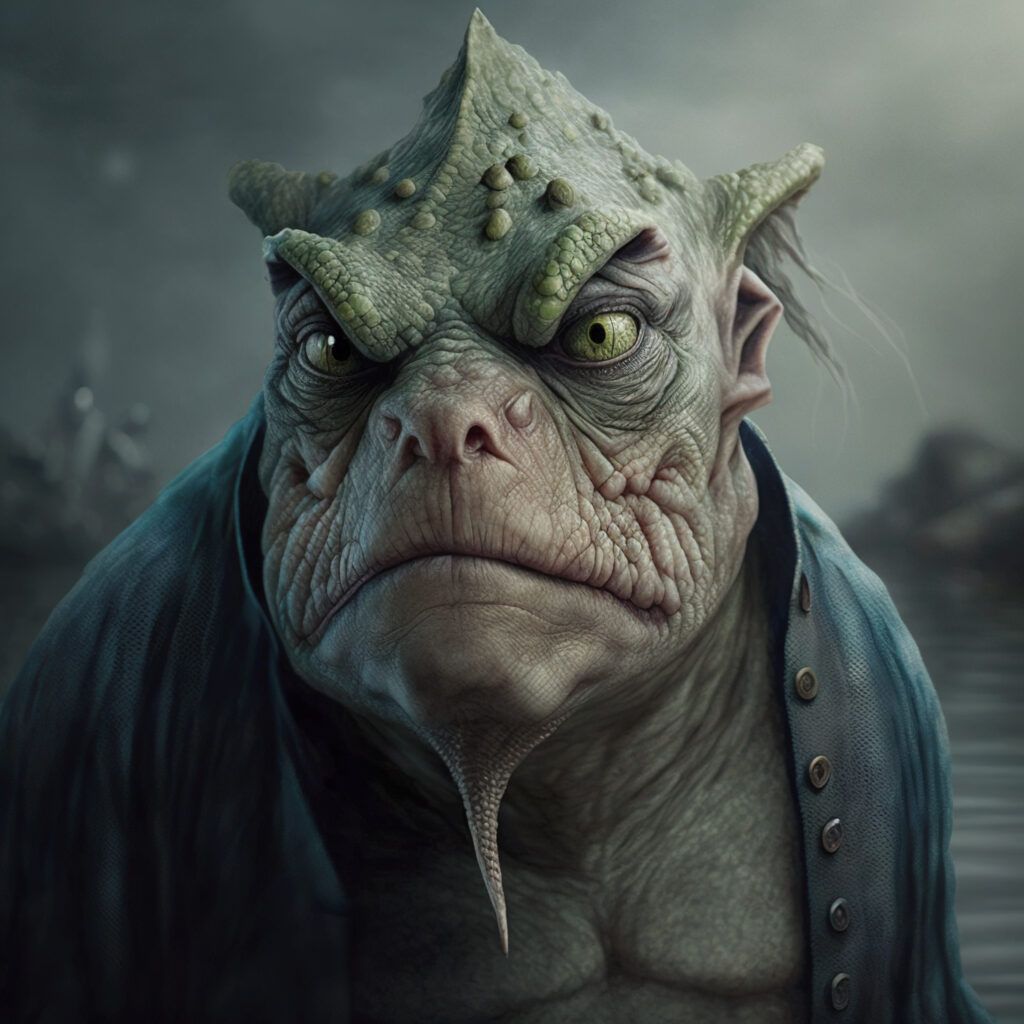
AI artwork was created using the program MidJourney and written commands. Eden, Janine, and Jim
“The photograph is a memento from a life being lived,” said John Berger, the art critic, and author who wrote many seminal books on photography. When we think of photography, most of us see an image as a captured moment in time. It might be documenting an event, capturing a landscape at a certain time of day or night, or photographing a person simply posing for the camera. A photograph is an event, albeit it is sometimes a tiny event, but an event, nonetheless. An AI-generated image captures nothing. It has no soul; it doesn’t capture an event or a moment in time. It is, at the end of the day, just a computer-generated image.
What Does the Future Hold?
Some might argue that photography has long blurred the lines between fact and fiction. Even in the early days of photography, the chemical processes of dodging and burning allowed us to alter the depths of shadows and highlights. And yes, there’s always been a certain element of what a photographer chooses to present as ‘truth.’ But a photograph is honest in a way that an AI image can never be. As we push the boundaries of how artificial we want an image to be, we run the risk of losing individuality and creativity in photography. Images become identikit.
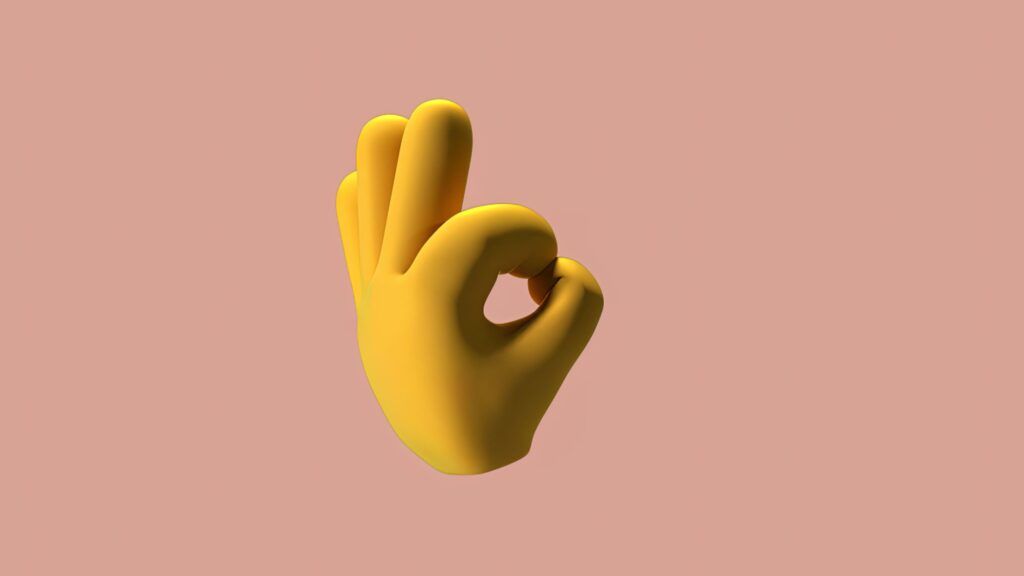
I can see that some areas of photography may be more at risk than others. A company that needs a huge number of products photographed is going to find it cheaper and easier to type text commands into a computer rather than hiring a photographer and setting up thousands of individual products. Promotional marketing materials are a lot easier to get right when you don’t need to worry about everyone smiling in a shot or the sky being the right shade of blue. Photographers will, as has been the way ever since photography was invented, adapt and move with the times.
Recommended Reading: Want to expand your shooting skills and master photography? Grab our set of 65 beautifully designed and printable Action Cards that will give you over 200 photography assignments to help you take your photography to the next level. Check it out here.
Conclusion
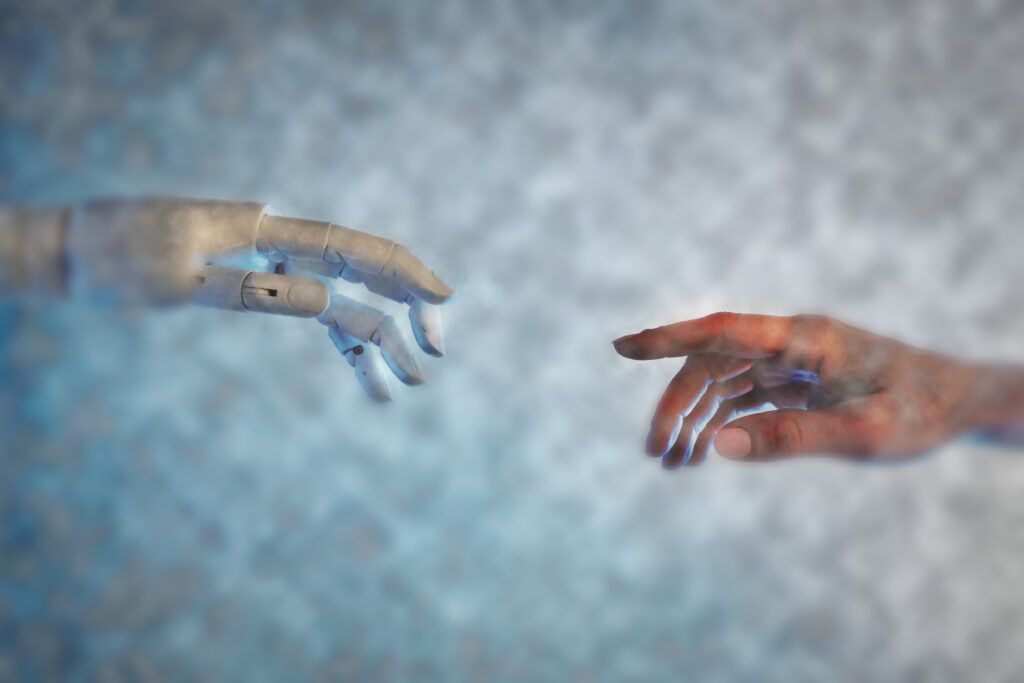
I believe that no amount of AI can ever replace or hope to replicate the creativity of a photographer and the innate ‘eye’ that they have for a shot. And there’s a long way to go before the robots completely take over the asylum!
Self-Check Quiz:
- What does AI stand for?
- What is subject-based tracking?
- What is the ‘Content Aware’ fill tool?
- What is image generation?

